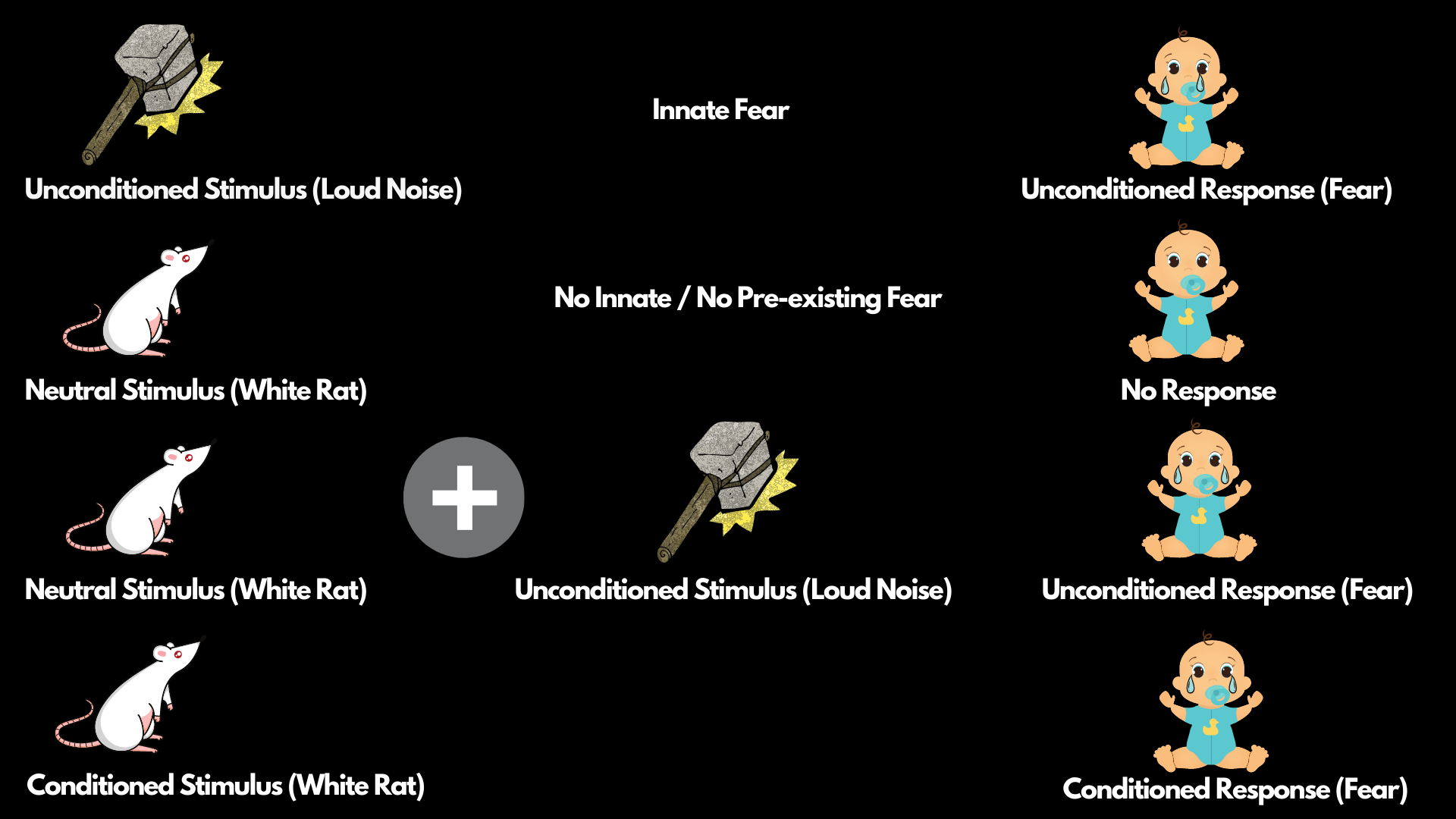What Are Phobias?
A phobia is a fear of a specific object, situation, or activity that typically poses little or no actual danger to an individual. This fear is intense and persistent, and it can cause significant distress and impairment in daily functioning. Phobias often result in avoidance behaviors, where the individual goes to great lengths to avoid the object or situation that triggers their fear. Phobias are specific to certain things, such as animals or heights, or enclosed spaces. While some level of fear is a normal and healthy response to potential danger, phobias are characterised by a level of fear that is excessive, irrational, and out of proportion to the actual level of threat posed by the feared object or situation. Phobias can be treated through therapy and other forms of mental health support, allowing individuals live their lives in accordance with their values, and not making compromises because of the fear they typically experience.
Common Phobias include:
Where Do Phobias Come From?
Is it from our genes or from our environment? Are we born with these fears or do certain life experiences influence our fears? Psychologist, John B. Watson was particularly interested in how emotions were conditioned. His view was that environment is everything.
“Give me a dozen healthy infants, well-formed, and my own special world to bring them up in, and I’ll guarantee to take any one at random and train him to become any type of specialist I might select—doctor, lawyer, artist, merchant chief, and, yes, beggar man and thief.” – John B. Watson
Classical Conditioning
In the early 20th century, Russian physiologist, Ivan Pavlov was studying the digestion in dogs. Pavlov, purely by chance stumbled upon the
observation that the dogs he was studying began salivating not only when they were presented food but when the dogs saw his lab technician who would feed them. He theorised that the dogs had learned to associate the lab technician with food. To test out his theory, he began to sound a metronome immediately prior to feeding his dogs. After repeated pairings, the dogs did in fact learnt to associate the sound of the metronome with the food and soon began salivating at the sound of the metronome alone. This process of learning via association is known as classical conditioning.
Influenced by Pavlov, Watson theorised that our emotional responses have been largely conditioned, that is to say they have been learned.
Watson hypothesised that he could induce a fear response in a child through the process of classical conditioning. Through observation, Watson concluded that infants had an inborn fear of loud noises. As no learning is required to experience this innate fear response, a loud noise is considered to be an ‘unconditioned stimulus’. The response to a loud noise, such as being startled, is known as an ‘unconditioned response’ or an innate response.
Watson theorised that if he could present visual neutral stimuli to an infant, such as a small fury object or animal, like a rat, while a loud noise was made that the child would learn to associate the rat with the loud noise, and subsequently become afraid rats. The findings he believed would prove that not only are we not born with a fear of rats, but that the fear itself had been learned. All he needed was a young child to experiment on.
Little Albert Experiment
According to Watson, a physically and emotionally healthy 9-month-old baby known as “Albert B” was chosen for the study. To determine whether Albert had a pre-existing fear of particular stimuli, he was shown a rat, a rabbit, a monkey, a dog, a monkey, some masks (with and without fur), cotton wool, and some burning newspapers. In these baseline measurements, Albert did not cry and showed no fear to any of these stimuli and therefore were considered neutral stimuli. Not only was he not afraid but he showed interest in the animals and objects.
At the age of 11 months, Little Albert was presented with these neutral stimuli again, but this time a steel bar was struck with a hammer at the exact same time Albert was presented with a white rat. Each time Albert would reach for the rat, the bar would be struck. This was done several times in an attempt to successfully pair the unconditioned fear response of the loud noise with the white rat. As time went on, Albert became more and apprehensive and fearful of the rat. Finally, when Albert was presented the rat, in the absence of the loud noise he became scared, his face puckered up, and he cried.
Watson had demonstrated that when an infant hears a sudden loud noise that they will display an innate fear response. He showed that Little Albert had no innate or pre-existing fear of rats or other fury animals or objects. Through repeated pairings of the rat being presented to Albert whilst a loud noise was made, Albert became fearful of the rat. Finally, when only the rat was shown to Albert, he was noticeably afraid. Watson had successfully induced a fear of rats in Little Albert through the process of classical conditioning. Watson also discovered that the fear had became generalised, meaning that Albert also displayed signs of fear when presented with other fury animals and objects in which he did not display during baseline measurements.

Watson concluded that environment was more important than genetics when it came to fears. He was confident that whilst some fears were innate the majority were learned. Therefore, if we can learn our fears, then we can also unlearn them.
*This experiment was run approximately 100 years ago. It would unlikely receive ethics approval in this day and age and I would like to make clear that I do no support these types of inhumane experiments.
Private Consultation
Please click the button to schedule a private consultation.